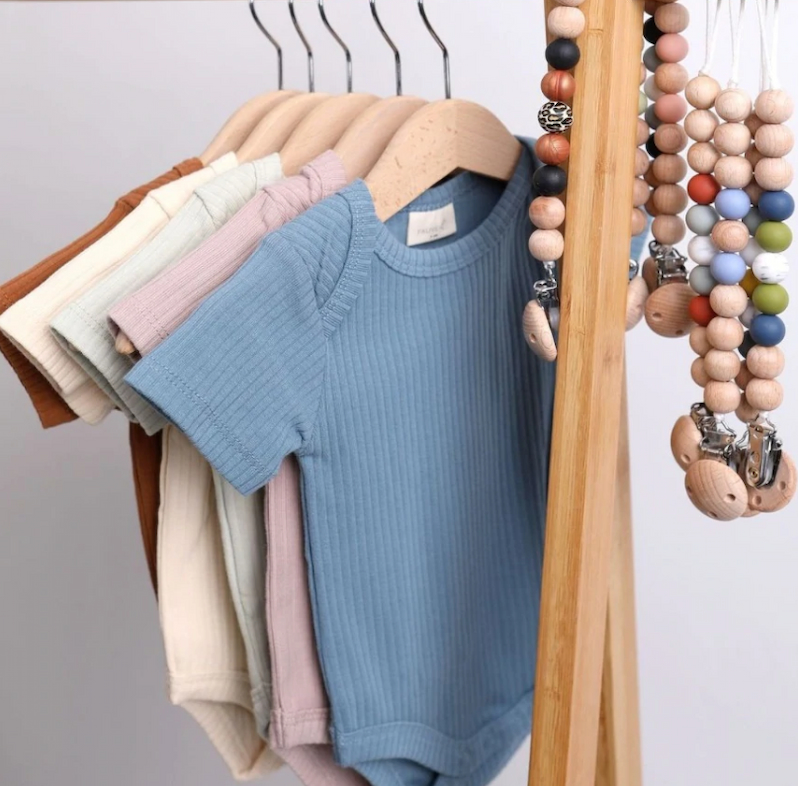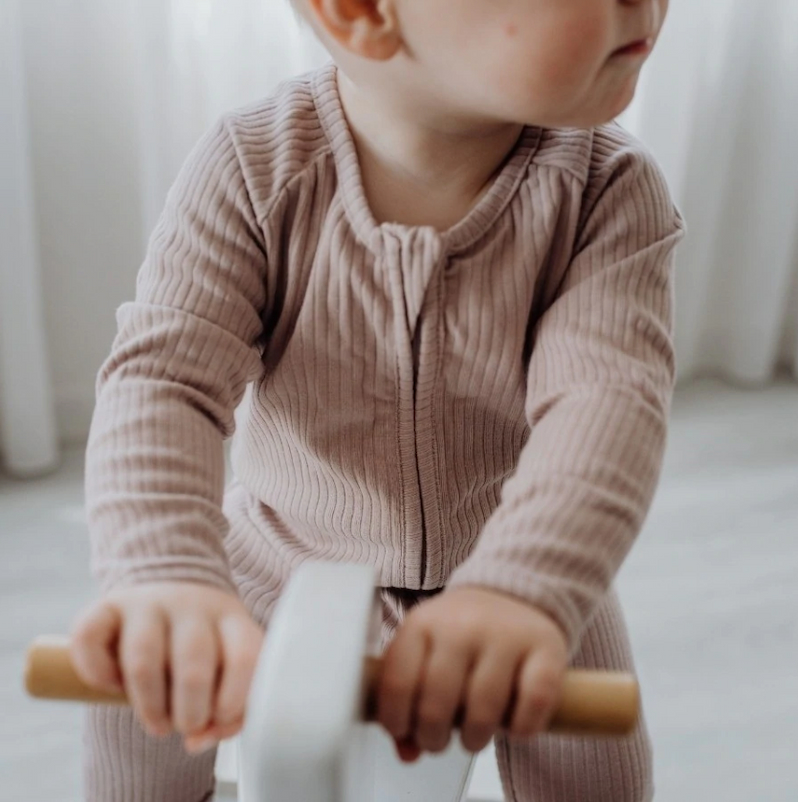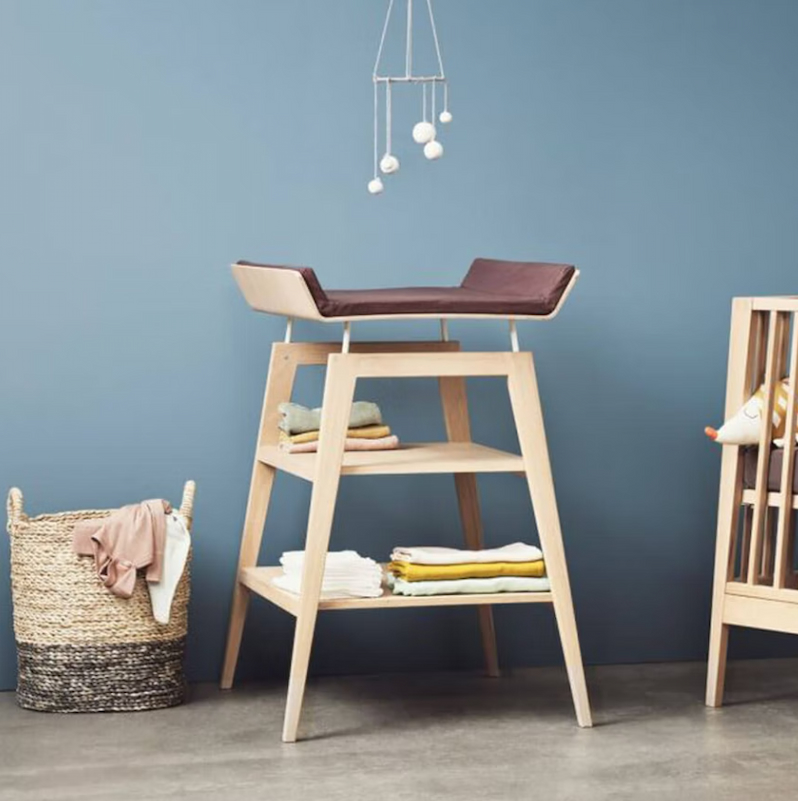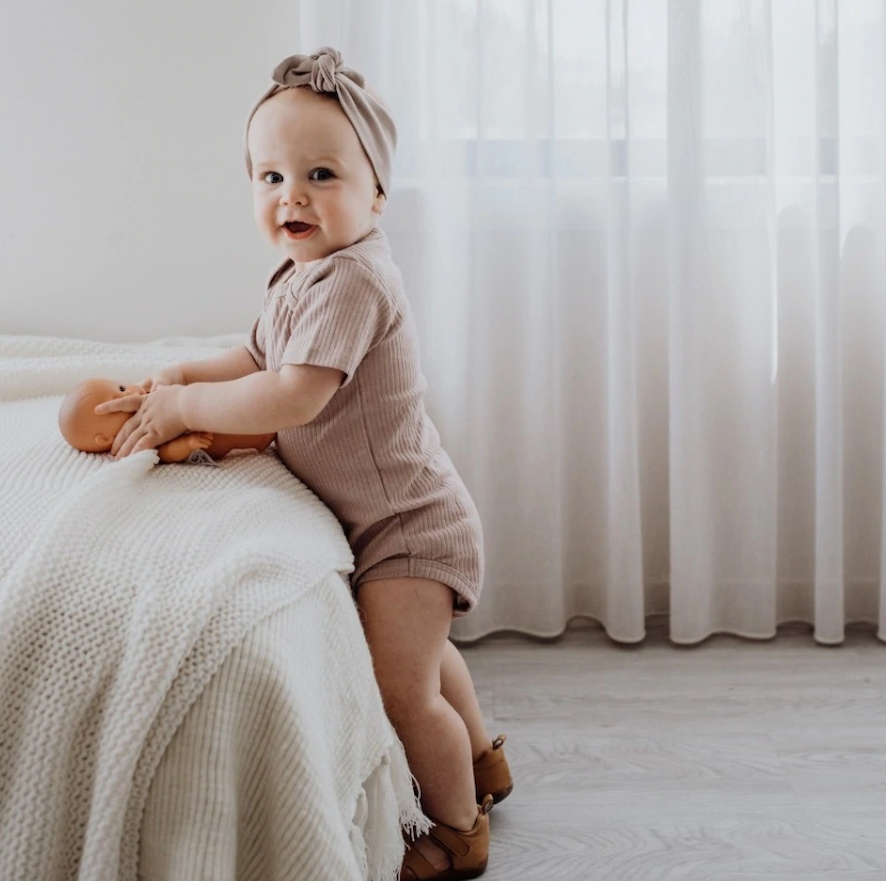Newborn Clothing Checklist Guide for New Parents
Contents
Pregnancy comes with lots of joy and lots of worries as well. From how to prevent stretch marks to how to ensure your baby is doing well, pregnancy can lead to many questions and concerns. In the preparation process for the arrival of your little one, one of the things you may be really looking forward to is shopping for little outfits.
As a first-time parent, however, this can be a bit overwhelming. How many items of clothing does a newborn need? What size is best to buy for a newborn? To help you have a stress-free baby clothing shopping experience, I’ve put together a list of the basic newborn clothing essentials you will need.
Getting the Size Right

Before you start shopping for newborn clothing it’s important that you understand that every baby is unique, which makes it almost impossible to predict what size your baby will fit when they get born. Most infants wear either newborn or 0-3 months outfits.
Premature babies may need preemie size clothing. Consider getting your little one’s essentials in sizes newborn and 0-3, and if you need preemie items, you can ask a family or friend to grab them from the store. Or you can simply order them online. Getting the basics in these two main sizes means you’ll be ready for the upcoming growth spurts.
What You’ll Need and How Many
I recommend you get five to seven total garments in each size for most essentials. Here’s what you’ll need to get started.
Take me Home Outfit
Bringing a new baby home from the hospital deserves a special outfit! Matching gowns and hat sets are popular, as are newborn take-home sets, which often contain a bodysuit, trousers, pyjamas, and a beanie. Even if it’s freezing outdoors, a patterned sleeper and hat are helpful. Instead of dressing up, go for something more casual. The most crucial thing is that the infant is comfortable in the automobile. A single outfit in each size should suffice.
Bodysuits
These are tried-and-true infant favourites. They make it easy to change diapers as the design is a one-piece and snap at the bottom. Any seasoned parent will tell you that you can never have too many bodysuits. They come in both long and short sleeves, so depending on the season in which your child is born, you may require one or both. To make a simple and stylish outfit, layer them with jeans or shorts.
Tops
Tops for infants most commonly include kimono shirts with snaps on the side and tees that stretch easily at the shoulders and over your baby’s head. You should have at least a couple of white shirts and three to four additional colours to mix and match with your preferred bottoms.
Pants
For infant girls, leggings and stretchy pants are the most popular choices. Pull-on sweatshirts and elastic waist “jeans” look terrific on newborn boys. For effortlessly gorgeous clothes, stick to simple hues like black, blue, and cream. While button fly and zipper trousers may appear charming, they make diaper changes more challenging. Simple designs with frills like ribbons and false pockets are ideal.
Sleepers
In chilly weather, one-piece pyjamas with feet are easy to put on and will keep your baby warm. Look for zippers that run the length of the garment. If your youngster is really tall, consider footless PJs.
Socks
Because your child will be without shoes for a time, stock up on white and colourful socks. While you’re outside, they’ll keep their toes warm and protect their feet. Look for ones that fold over to prevent them from slipping off.
What to Consider When Shopping for Newborn Clothing?

With all the fabrics, brands and styles of baby clothes available in the market today, how do you know which is best for your baby? Here are the most important factors to consider to choose not only stylish but also comfortable and safe outfits.
Fabric
You probably can’t wait to dress your little one in those trendy and stylish outfits. However, when it comes to baby clothes, there’s much more to consider than simply looking good. Depending on the fabric that you choose, your baby can experience rashes and other skin irritations. That said, you should consider giving preference to pieces made from cotton, azlon from soy and rayon from bamboo.
Derived from natural sources, these fabrics are considered good choices for baby clothes. Nylon and polyester materials are known for causing skin sensitivity and discomfort in babies due to their inability to take up moisture and regulate body temperature, so you should avoid them.
Style & Functionality
Another important factor to consider is clothing functionality. Newborns spend most of their day sleeping, so they need comfortable clothes like onesies, kimono bodysuits and baby footies. The styles need to be easy to put on and take off. You’ll also want to pick clothes that are easy to wash and durable.
You’ll be changing your baby’s outfit several times a day – usually after a feeding or diaper change. Clothes that don’t require extra TLC during the laundering process help save tons of time and effort, giving you more free time to take care of your little one.
Safety
Safety tips apply not only to baby toys but also to baby clothing. Did you know that millions of baby clothes are recalled every year due to failure to meet safety standards? It’s vital to choose baby clothes that don’t raise concerns. This means looking for clothing for newborns without decorations like buttons, bows, flowers and hooks, as these present choking hazards. If you decide to go for a piece that contains decorations, make sure they’re firmly attached.
Talking about safety, when changing your baby, it’s important that you do so on a surface that is safe, like a baby changing table dresser. Aside from offering you a place to change your baby safely and comfortably, this furniture piece also allows you to conveniently store diapers, diaper cream, clothes and everything else you may need for quick changes.
Designed with diaper changes in mind, baby changing table dressers generally feature raised edges to help prevent your baby from falling off of the top. Still, you should never allow your baby unattended – always keep one hand on your baby when they’re on the changing table. Changing tables also saves you from having to lean over or bend down, meaning you won’t have to crouch on the floor or take a risk of placing your infant someplace else where he or she may fall or slip off.

With the variety of baby changing table dresser models available on the market, ranging in styles, designs and finishes, you can easily find one that can go with your nursery decor. You may even add elements to a dresser to make it more functional. For example, a towel bar on the side of the dresser may be used to suspend a hanging diaper holder, and storage baskets on the side can be used to store wipes and diapers so they are easy to access (and don’t take up space in the top drawers).
You can also opt to buy a regular dresser that doesn’t come with raised edges and get a changing pad for the top dresser that offers similar features. Changing pads that feature contoured edges, for example, also help keep your baby in place. There are models that also come with a strap and buckle for extra safety.



